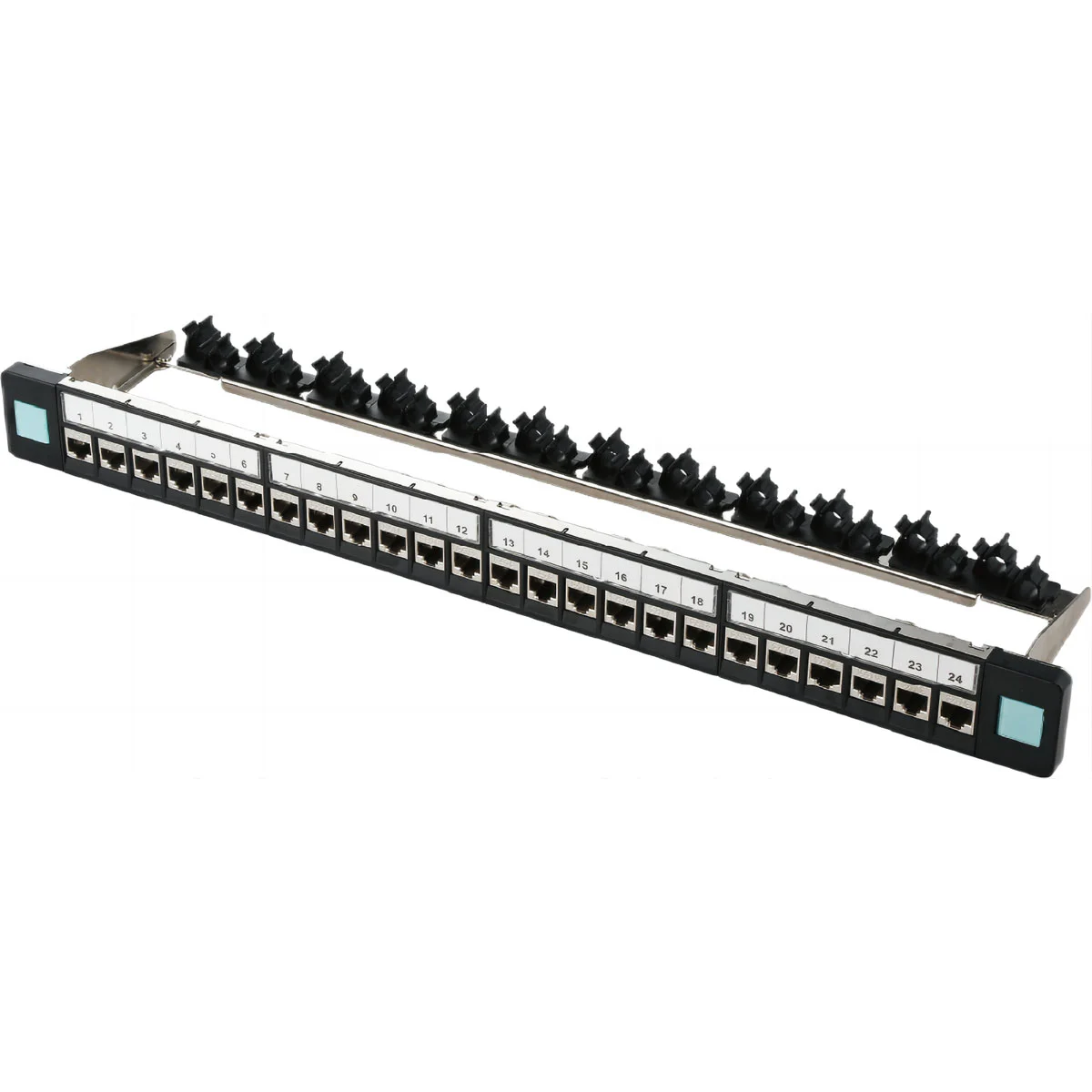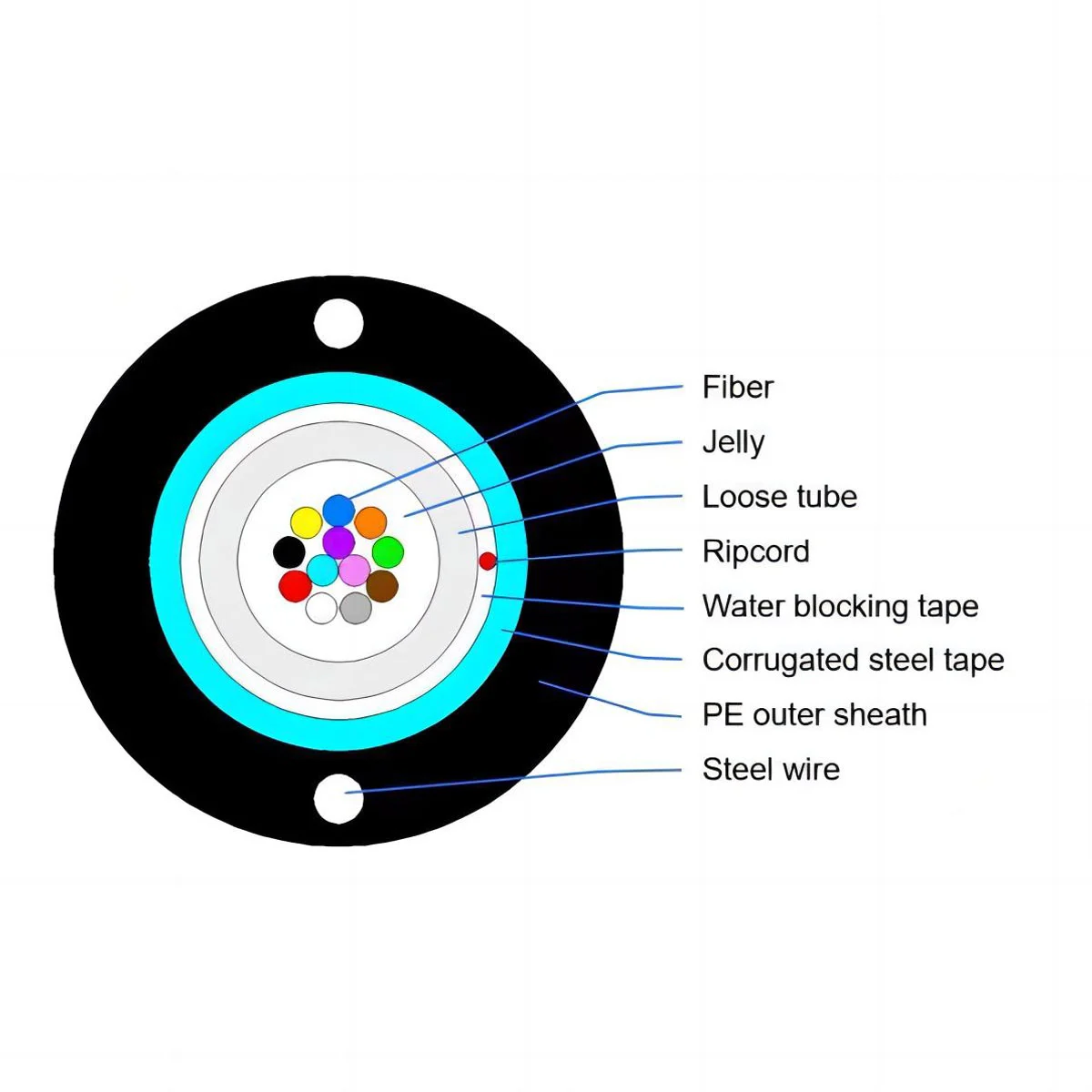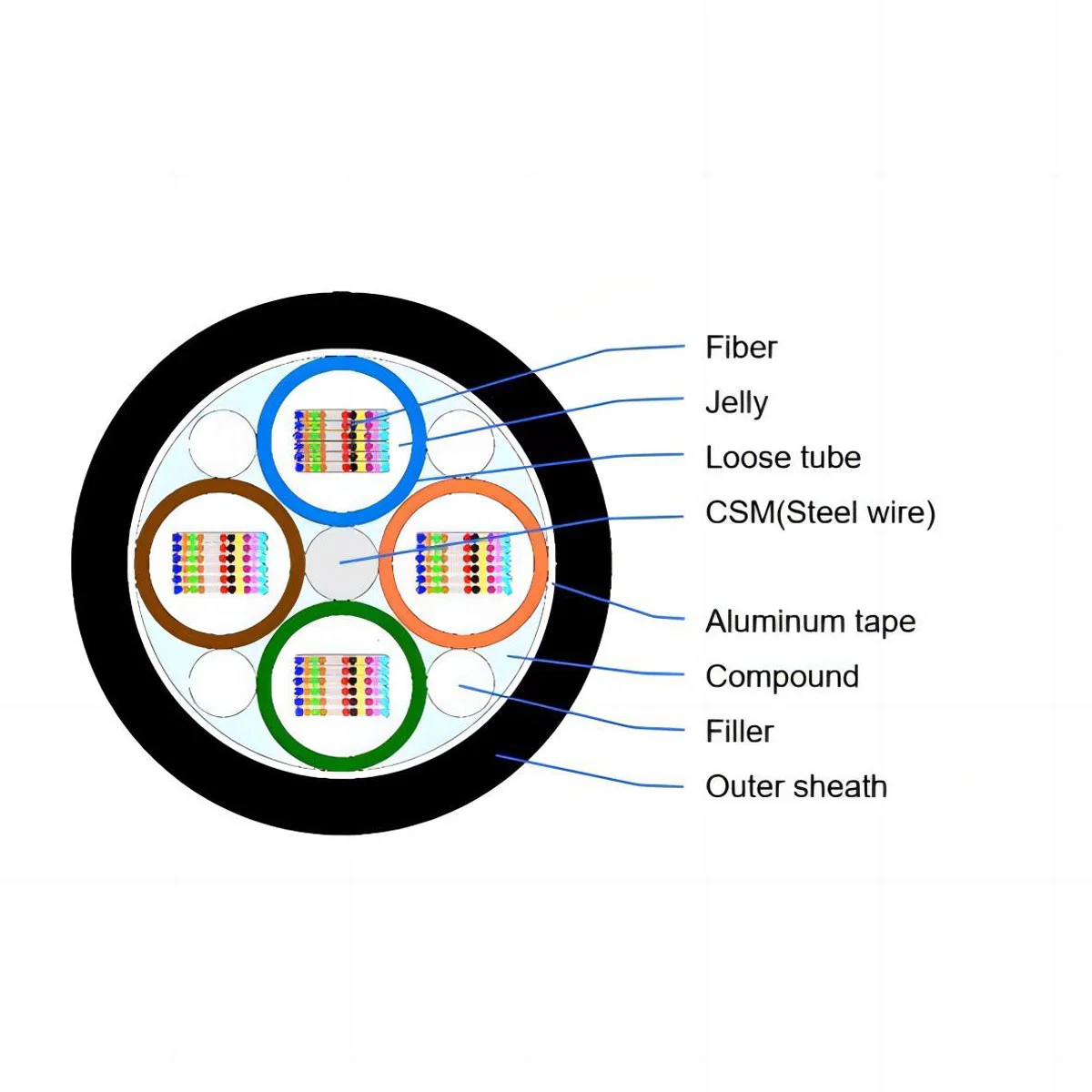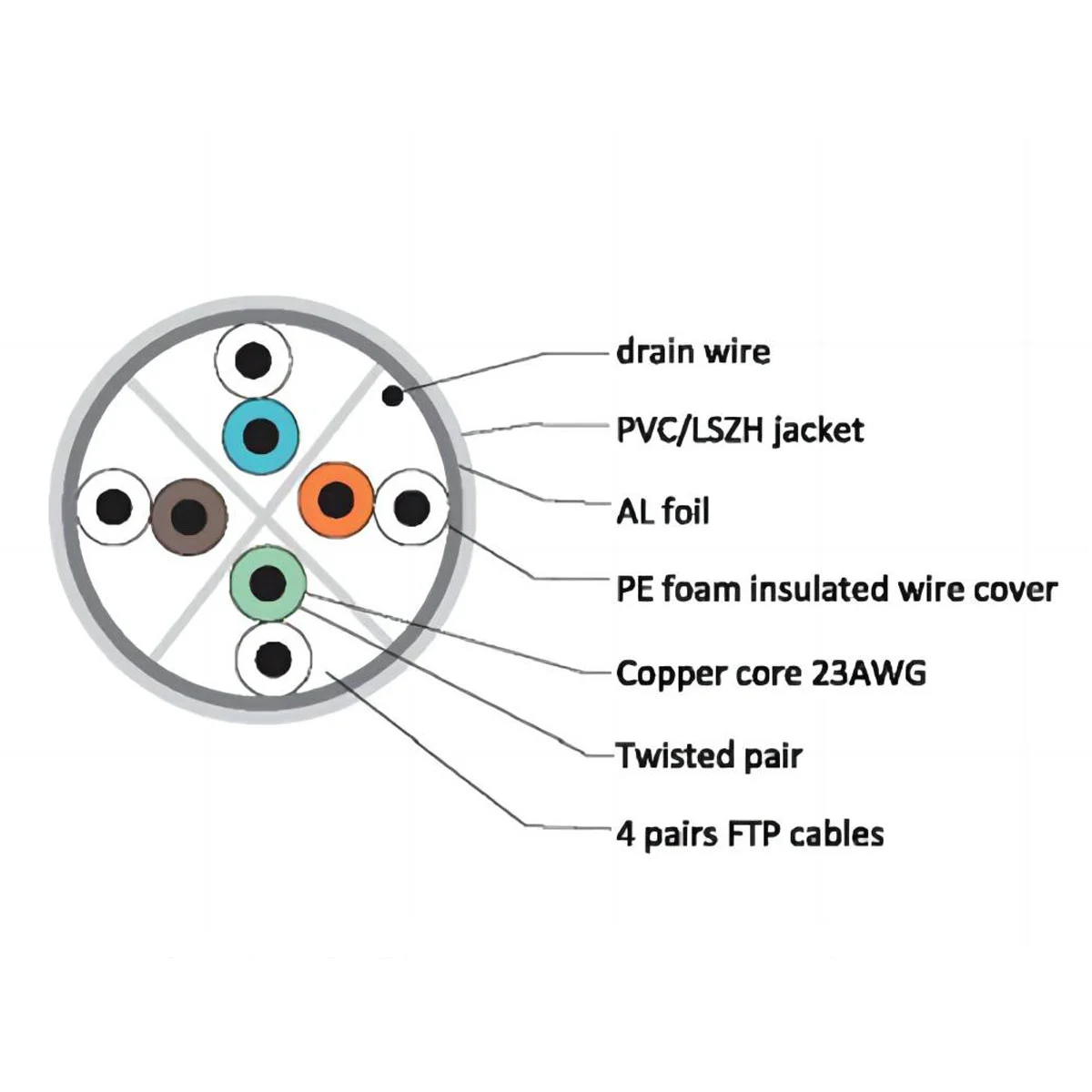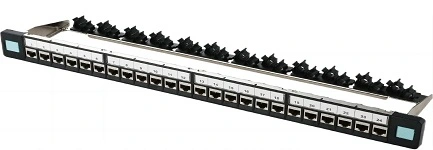Concept of Self Support Cable
A self support cable is a type of cable that has its own load-bearing capacity, commonly used for overhead power transmission or communication lines. Self support cables are typically composed of an inner conductor, an outer conductor, and reinforcing elements, allowing them to be installed in the air without additional supporting ropes. This design improves installation efficiency, reduces construction costs, and is widely used in industries such as power, telecommunications, and transportation.
Working Principle of Self Support Cable
The core principle of a self support cable is that it uses its own reinforcing elements (such as steel wires, aramid fibers, etc.) to provide mechanical strength, allowing it to operate stably in an overhead environment. The power transmission relies on the electromagnetic induction of the conductors, enabling the flow of current through the cable. Additionally, the cable is highly resistant to wind and tensile forces, making it suitable for long-distance power transmission or data communication.
Advantages of Self Support Cable
No Additional Support Required: A self support cable has its own load-bearing elements, eliminating the need for extra steel-stranded wire supports. This simplifies installation and improves construction efficiency.
Compact Structure and High Tensile Strength: The special reinforced core enables the cable to withstand large tension forces, making it ideal for harsh environments.
Easy Installation and Cost Reduction: Compared to traditional overhead cables, the self support cable is quicker to install, reducing the need for additional support materials and saving construction costs.
Suitable for Various Environments: Self support cable is used in city power grids, rural power renovation, fiber optic communication, and other diverse applications.
High Safety: The excellent insulating layer prevents leakage and protects the cable from external damage, enhancing the safety and stability of the system.
Application Areas of Self Support Cable
Power Industry: Used for low-voltage overhead transmission lines to improve power supply stability.
Telecommunications Industry: Self support fiber optic cables (ADSS) are widely used in telecom, broadcasting, and data transmission fields.
Transportation Industry: Used for signal transmission and power supply in infrastructure such as railways, trolleys, and highways.
Rural Power Grid Renovation: Self support cable is suitable for rural overhead power lines, reducing maintenance costs.
Considerations When Choosing a Self Support Cable
Choose the Right Model Based on Requirements: Different specifications of self support cable are suited for different voltage levels and communication needs. Select the appropriate cable based on specific applications.
Ensure Cable Quality: When purchasing a self support cable, pay attention to its weather resistance, tensile strength, and insulation properties to avoid using inferior products.
Consider Cable Diameter and Load-Bearing Capacity: The cable's diameter and load-bearing capacity must meet installation requirements to ensure long-term safety.
Proper Installation and Maintenance: During installation, avoid excessive bending, twisting, or damage to the reinforcing elements to ensure stable operation.
Self support cable, with it's exceptional load-bearing capacity, easy installation, and broad application areas, has become an essential product in the modern power and telecommunications industries. Hedot self support cable, made with high-quality materials and advanced manufacturing techniques, offers excellent tensile strength, weather resistance, and insulation properties. They are widely used in power, telecommunications, and infrastructure construction, providing users with efficient, safe, and reliable power and signal transmission solutions.



